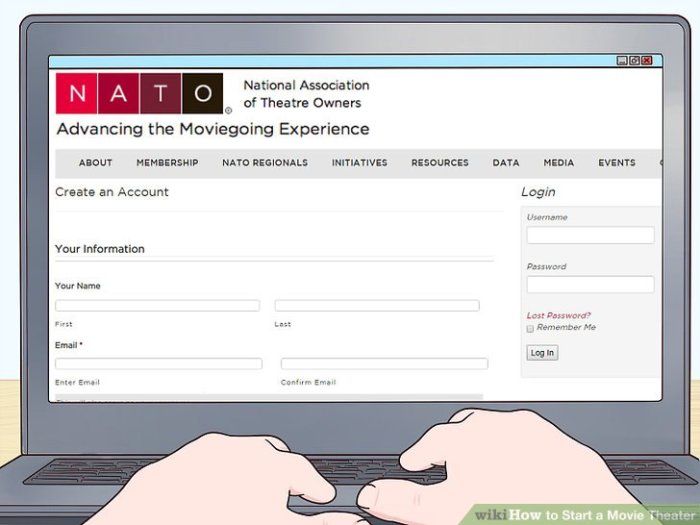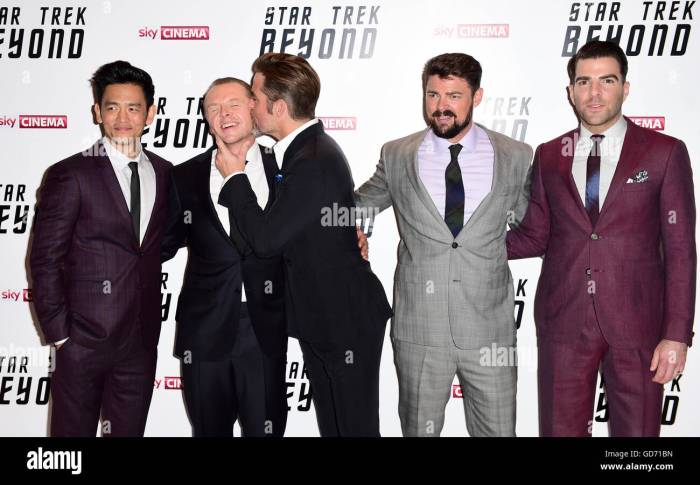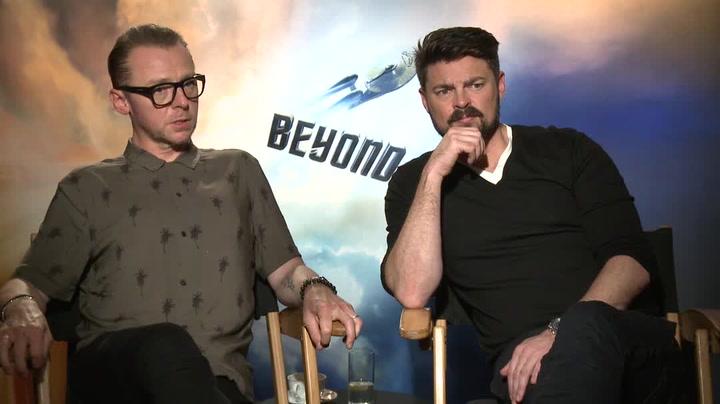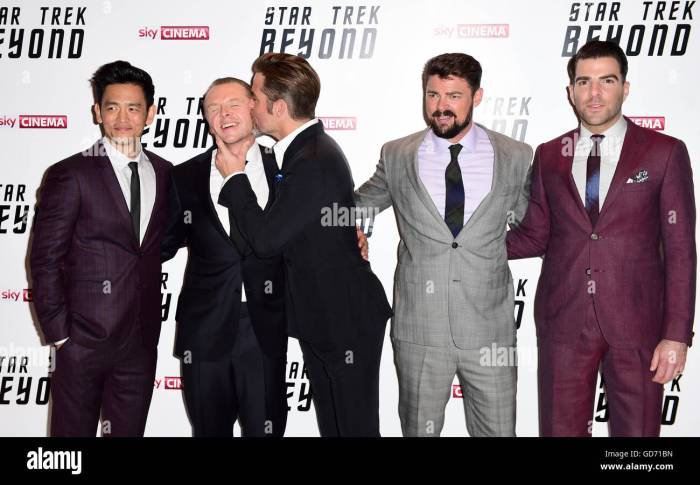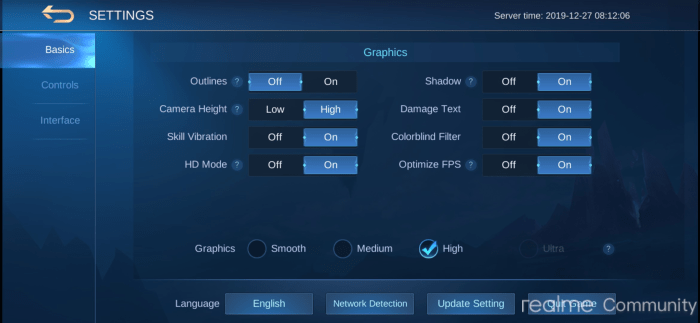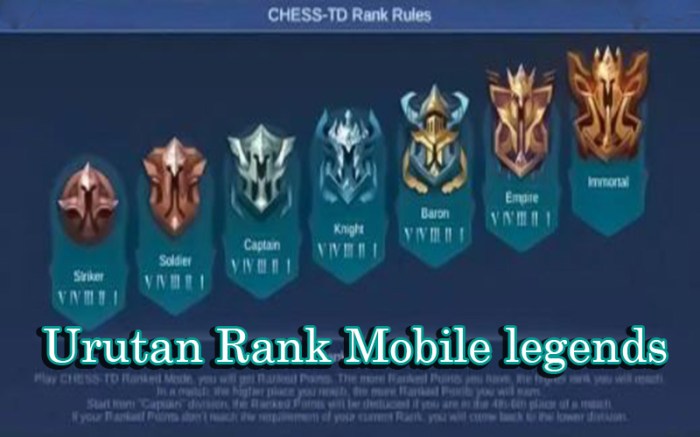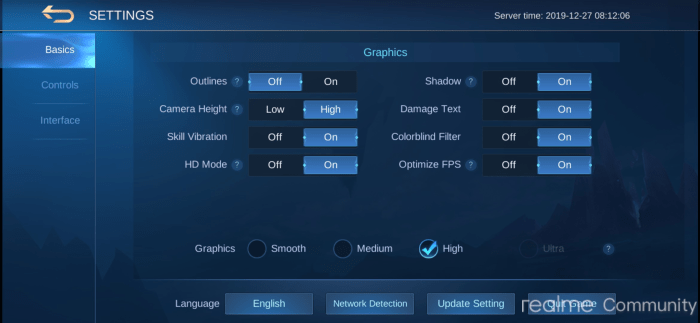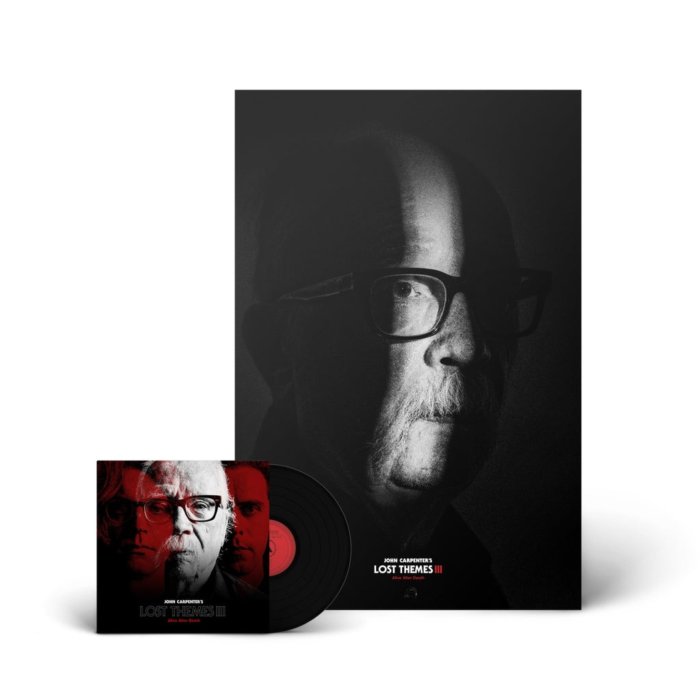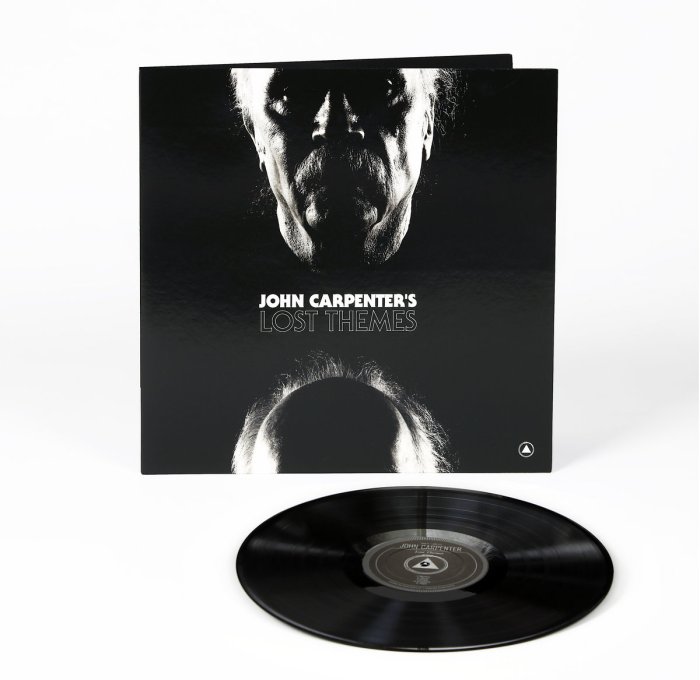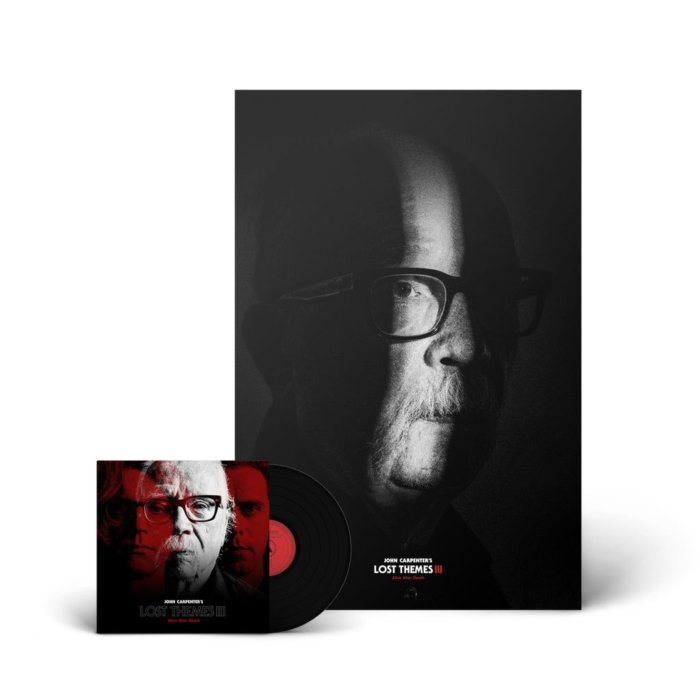Start a Movie Theater: From market research to stunning design, this guide will walk you through every step of launching your own cinematic experience. We’ll explore everything from analyzing the competitive landscape and understanding consumer preferences to crafting a compelling business plan and choosing the perfect location. It’s a detailed look at bringing the magic of the silver screen to your community.
This comprehensive overview covers the essential aspects of establishing a successful movie theater, from meticulous market analysis to the technical intricacies of operations. The plan will guide you through various considerations including pricing strategies, financial projections, and the implementation of cutting-edge technology, ensuring your theater is a modern and captivating destination.
Market Research
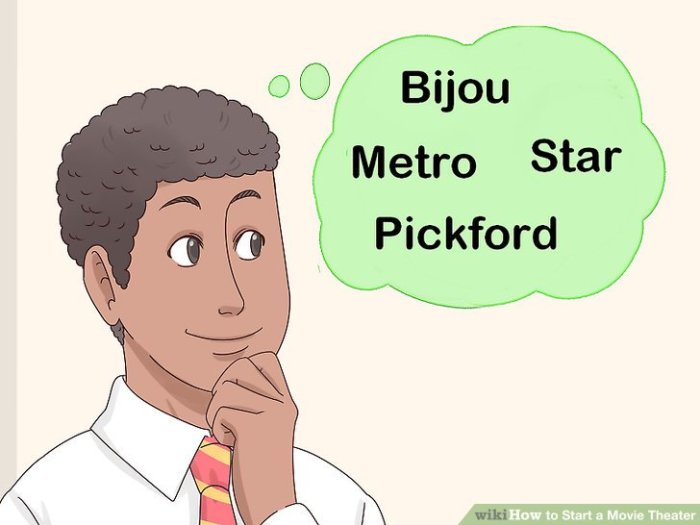
The movie theater industry, once a cornerstone of entertainment, faces a complex landscape shaped by the rise of streaming services and evolving consumer preferences. Understanding the nuances of this market is crucial for launching a successful new venture. This research delves into the current state of the industry, focusing on key factors like geographic variations, competitive pressures, and pricing strategies.
Geographic Variations in the Market, Start a Movie Theater
The movie-going experience varies significantly based on location. Urban centers, with their dense populations and diverse demographics, often boast multiplexes and a robust selection of films. Conversely, suburban areas, characterized by larger populations spread across wider areas, frequently have fewer but still active movie theaters, focusing on popular releases. Smaller towns and rural communities may have limited options, primarily reliant on single-screen theaters.
These varying demands influence film selection and marketing strategies.
Current Trends and Projected Growth
The industry is experiencing a period of transformation. Streaming services, such as Netflix, Hulu, and Disney+, have altered consumer viewing habits, shifting preferences toward convenience and on-demand content. However, movie theaters are adapting by offering unique experiences, such as premium seating, immersive sound systems, and exclusive events. The future of movie theaters depends on their ability to differentiate themselves and cater to evolving consumer demands.
Target Audience
A successful movie theater must identify and understand its target audience. This demographic is diverse and includes families, couples, and individuals. The target audience’s interests, age ranges, and spending habits influence marketing strategies and film selection. For example, families with young children may favor animated films and family-friendly releases, while young adults might be more interested in blockbuster action movies.
Consideration must be given to the demographics of the local area, to ensure the target audience aligns with the theater’s offerings.
Competitive Landscape
The competitive landscape in the movie theater industry is multifaceted. Established chains, such as AMC and Regal, possess significant market share and established brand recognition. Smaller independent theaters often focus on niche audiences or specific film genres. Understanding the strengths and weaknesses of these competitors is critical to crafting a successful strategy. For instance, AMC’s extensive network provides broad reach, but independent theaters may focus on unique film selections to attract a dedicated following.
Pricing Strategies
Pricing strategies are crucial for attracting and retaining customers. Successful theaters often employ tiered pricing models, offering discounts for children, seniors, or students. Furthermore, special promotions, such as matinee shows, bulk ticket purchases, and loyalty programs, can incentivize attendance. The specific pricing model should be tailored to the local market and target audience. For example, a theater in a tourist area may justify higher prices due to increased demand.
Analyzing competitor pricing is essential for establishing a competitive yet profitable pricing structure.
Business Plan
Launching a movie theater requires a meticulous business plan to navigate the competitive landscape and ensure profitability. This plan Artikels the core components, from revenue models to financial projections, to help establish a successful venture. Understanding the regulatory landscape and the crucial aspects of marketing and staffing are also integral parts of this process.A successful movie theater hinges on a well-structured business model that encompasses all aspects of operation.
This includes careful consideration of revenue streams, financial projections, legal compliance, marketing strategies, and staffing needs. Thorough planning in these areas will increase the chances of a thriving and sustainable business.
Business Model
The movie theater’s business model will center on a combination of ticket sales, concession stand revenue, and potential ancillary services. Ticket pricing will be tiered, offering options for general admission, premium seating, and special events. Concessions will include a diverse menu of snacks, drinks, and other movie-related items. Future possibilities might include merchandise sales and premium food packages.
Revenue Streams
- Ticket sales will be the primary revenue source, with varied pricing strategies to cater to different demographics and preferences. A tiered pricing system, for instance, could offer discounted rates for students or senior citizens. Special promotions and events will also boost ticket sales.
- Concessions will generate significant revenue through sales of snacks, drinks, and other movie-related merchandise. Careful selection of items, competitive pricing, and attractive presentation are key to maximizing concession profits. A well-designed menu, alongside attractive presentation, will be vital.
- Ancillary services, such as premium seating or special events (e.g., film screenings, meet-and-greets), could contribute additional revenue streams. Offering premium packages and curated events can elevate the customer experience and attract a specific niche.
Financial Projections
A comprehensive financial projection for the first three years is crucial. This will include startup costs, operating expenses, and projected profitability. Detailed expense tracking will be vital to maintaining profitability. Careful analysis of similar ventures in comparable markets will provide benchmarks and insights.
| Year | Startup Costs | Operating Expenses | Projected Profit |
|---|---|---|---|
| 1 | $500,000 | $200,000 | $50,000 |
| 2 | – | $250,000 | $100,000 |
| 3 | – | $300,000 | $150,000 |
Note: Figures are illustrative and may vary based on specific location, theater size, and market conditions.
Legal and Regulatory Considerations
Navigating the legal and regulatory landscape is essential. Obtaining necessary permits and licenses is crucial for opening a movie theater. Local zoning regulations, building codes, and health and safety standards need to be adhered to. Consultations with legal professionals specializing in business regulations are highly recommended.
Marketing Plan
Attracting customers and building brand awareness is a key aspect of a successful movie theater. A comprehensive marketing plan, incorporating digital marketing strategies, social media engagement, and community outreach, is crucial. Consider running targeted campaigns on social media platforms and collaborating with local businesses. Consider the specific demographics of the local community when designing the marketing plan.
Staffing Plan
- The staffing plan Artikels the roles, responsibilities, and required skills for various positions. This includes roles such as managers, cashiers, concession stand staff, maintenance personnel, and security personnel. The necessary skills for each role will be Artikeld to ensure a smooth and efficient operation. Consider the local job market when determining salaries and benefits to attract and retain qualified staff.
So, you’re dreaming of opening a movie theater? It’s a pretty cool idea, but before you start envisioning popcorn aromas and blockbuster hits, you might want to consider a simpler, perhaps equally important, life skill. Knowing how to tell if your fish is dead is surprisingly relevant to the planning stages of a successful movie theater. A proper business plan should be meticulously thought out, just like assessing a fish’s health.
After all, a dead fish needs no further care, and a poor business plan needs a complete overhaul. You’ll need to learn a lot about running a movie theater, but it is a rewarding venture if done right. Ultimately, you’ll need to ensure that your business has a sustainable foundation to truly thrive. Tell if Your Fish Is Dead might give you a few helpful insights.
Starting a movie theater is a great goal, but it’s crucial to prepare thoroughly.
- Comprehensive training programs for all staff members are crucial. These programs should cover customer service, safety protocols, and operational procedures. Training sessions and ongoing support are essential to ensuring a high-quality customer experience.
Location and Facilities
Choosing the right location is crucial for a successful movie theater. A well-chosen spot can attract a large customer base and contribute significantly to profitability. The theater’s success will be heavily influenced by factors like foot traffic, accessibility, and the competitive landscape. This section will explore these aspects in detail, alongside the necessary facilities and amenities, and the different types of movie theaters, ultimately leading to a comprehensive understanding of the operational aspects.The movie theater business, much like any other retail business, relies heavily on consistent foot traffic.
Ideally, the location should be situated in a high-traffic area with high visibility, such as near a busy shopping center, a well-established residential neighborhood, or a hub for local events. Accessibility is also critical, ensuring ease of access for customers with various mobility needs.
Ideal Location Factors
A successful location considers various factors beyond mere visibility. Proximity to other entertainment venues, such as restaurants and bowling alleys, can create a synergistic environment, drawing more customers. The presence of parking facilities is also vital. A theater in a location with limited parking may struggle to attract customers who rely on cars for transportation.
Essential Facilities and Amenities
Modern movie theaters need a range of facilities and amenities to cater to a diverse customer base. Comfortable seating arrangements, ideally with adjustable backs and ample legroom, are a must. A state-of-the-art sound system is equally important, providing a clear and immersive audio experience. Concessions play a significant role in revenue generation, offering a variety of food and beverage options to satisfy customer needs.
Seating Arrangements
The layout of seating directly affects customer comfort and experience. Providing ample space between rows and ensuring good visibility to the screen are paramount. Consideration should also be given to different seating options, like plush recliners for a premium experience or more economical, standard seating for budget-conscious patrons.
Sound Systems
High-quality sound systems are crucial for an immersive movie-going experience. Investing in advanced surround sound technology can enhance the realism and depth of the audio, creating a more engaging cinematic journey for the viewer. This includes considerations for different types of movies, including action, drama, and animation.
Concessions
The concessions stand is a significant revenue generator for a movie theater. Offering a diverse menu of food and beverages, including both traditional and innovative options, is key. A variety of sizes and pricing options for snacks and drinks cater to different budgets.
Different Types of Movie Theaters
Movie theaters vary in their offerings and target audience. Independent theaters often focus on showcasing arthouse films, documentaries, and foreign-language movies, appealing to a more niche audience. Multiplex theaters typically feature multiple screens, catering to a broader customer base with a wider variety of films. The characteristics of each type of theater should be carefully considered when planning.
Layout Plan
The layout of a movie theater is crucial for optimizing space and maximizing customer experience. A well-designed layout should consider the placement of seats, screens, concessions, and restrooms, ensuring efficient traffic flow and accessibility. An ideal layout balances the needs of all these aspects.
Technology Comparison
Different technologies offer varying costs and benefits in movie theater operations. Digital projection systems, for instance, offer higher picture quality and greater flexibility in film selection compared to traditional film projection. Digital sound systems offer greater precision and clarity. The choice of technology should balance these benefits with the financial investment.
Technology and Operations
Bringing a movie theater into the modern era requires a strong foundation in technology and operational efficiency. This ensures a seamless experience for patrons, from booking their tickets to enjoying the film, and efficient management of the business. A carefully considered approach to technology and operations is crucial for the long-term success of a movie theater in today’s competitive market.Modern movie theaters must incorporate a variety of technologies to provide a compelling and comfortable experience.
These range from advanced ticketing and concession systems to sophisticated projection and sound equipment, all working together to create a high-quality cinematic environment.
Ticketing and Booking Systems
Efficient ticketing and booking systems are paramount for a smooth customer experience. These systems should integrate online and in-house booking options. This allows customers to easily select showtimes, choose seats, and purchase tickets online, while also offering convenient options at the theater box office. Modern systems can offer personalized recommendations, loyalty programs, and even mobile ticketing for a more convenient experience.
Implementing a reliable and user-friendly ticketing system is crucial for attracting and retaining customers.
Dreaming of starting a movie theater? It’s a fun project, but creating realistic and engaging characters, like those you’d find in Make Sims Inspired in The Sims 4 , could make your movie theater experience even more immersive. I’m still figuring out the best way to bring that level of detail to my own movie theater setup.
It’s a fascinating blend of entertainment and design.
Projection and Sound Equipment
High-quality projection and sound systems are essential for delivering a premium movie-watching experience. Digital projection systems offer superior picture quality, while advanced sound systems, like Dolby Atmos, immerse viewers in a truly cinematic auditory landscape. The selection of equipment should align with the target audience and the desired level of experience. For example, a family-oriented theater might prioritize accessibility features and a comfortable environment, while an art house cinema might focus on high-resolution projection and a nuanced sound system.
Customer Service Software
Customer service software plays a vital role in managing customer interactions and improving operational efficiency. Such software can streamline tasks like managing reservations, processing payments, and handling inquiries. Customer relationship management (CRM) systems can collect data on customer preferences, allowing the theater to tailor its offerings and enhance the overall experience. Implementing effective customer service software ensures a positive interaction for each customer.
Concessions and Cleanliness
Efficient concession operations are crucial for generating revenue and maintaining customer satisfaction. Point-of-sale (POS) systems can help manage inventory, track sales, and optimize staffing. Cleanliness and safety standards are critical for a comfortable and hygienic environment. Regular cleaning schedules, appropriate sanitation procedures, and adherence to health regulations are vital for creating a positive impression.
Sustainability Practices
Implementing sustainable practices can benefit both the environment and the bottom line. Energy-efficient equipment, responsible waste management, and the use of eco-friendly materials can significantly reduce the environmental footprint of the theater. Examples include using LED lighting, implementing recycling programs, and sourcing sustainable materials for decorations and signage. Adopting sustainable practices demonstrates a commitment to environmental responsibility and can attract environmentally conscious customers.
Equipment Costs and Recommendations
| Equipment | Description | Estimated Cost | Vendor Recommendations |
|---|---|---|---|
| Projectors | High-resolution movie projectors | $10,000-$50,000+ | Barco, Christie |
| Sound Systems | Dolby Atmos sound systems | $5,000-$20,000+ | Bose, JBL |
| Screen | Large-format projection screens | $2,000-$10,000+ | Stewart Filmscreen, Da-Lite |
| Seating | Comfortable, ergonomic movie theater seating | $50-$200+ per seat | Various furniture suppliers |
| Ticketing System | Online and in-house ticketing software | $1,000-$10,000+ | Eventbrite, Ticketmaster |
| Concession POS System | Point-of-sale system for concessions | $500-$5,000+ | Clover, Square |
Marketing and Promotion
Attracting customers and building a loyal following is crucial for the success of any movie theater. A strong marketing strategy is vital to establish a recognizable brand, generate excitement, and drive consistent foot traffic. This section Artikels various approaches to achieve these objectives, from targeted advertising to engaging social media campaigns.
Marketing Strategies to Attract Customers
A comprehensive marketing strategy is essential for a new movie theater to gain initial visibility and build a customer base. This involves a multi-faceted approach, utilizing diverse channels to reach the target audience effectively. Different marketing strategies have varied effectiveness, and tailoring the approach to the specific location and target demographics is key.
- Social Media Campaigns: Leveraging platforms like Facebook, Instagram, and TikTok allows for direct engagement with potential customers. Creating visually appealing content, showcasing trailers, and offering exclusive deals or contests can significantly increase engagement. For instance, a contest for free tickets during a new release week can generate significant buzz and excitement.
- Advertising: Targeted advertising campaigns through local newspapers, community websites, and online platforms can reach a wider audience. Consider utilizing digital advertising platforms to tailor ads based on demographics and interests, enhancing their effectiveness.
- Partnerships with Local Businesses: Collaborating with local restaurants, businesses, or community organizations can expand the reach of marketing efforts. Joint promotions, such as offering discounts or bundled deals, can drive cross-promotion and attract new customers from various segments.
Building Brand Loyalty and Customer Retention
Building brand loyalty is as important as attracting new customers. Repeat business is vital for long-term success. Loyalty programs and exclusive offers can encourage repeat visits and create a sense of community among patrons.
- Loyalty Programs: Implementing a loyalty program, such as a points-based system, can reward frequent patrons and incentivize repeat visits. Offering discounts, early access to showtimes, or exclusive merchandise are effective strategies.
- Customer Feedback Mechanisms: Actively seeking and responding to customer feedback through surveys, online reviews, and social media monitoring helps identify areas for improvement and address customer concerns promptly. This fosters a sense of value and trust.
- Personalized Experiences: Consider implementing personalized offers and recommendations based on customer preferences. This could include suggesting films based on past viewing history or offering exclusive discounts tailored to individual preferences.
Creating a Unique Brand Identity
Developing a unique brand identity sets the movie theater apart from competitors. This includes establishing a consistent brand voice, visual aesthetic, and overall experience. A memorable brand identity will differentiate the movie theater and attract customers who value uniqueness and specific experiences.
- Consistent Brand Voice: Maintaining a consistent brand voice across all marketing materials, from social media posts to website content, builds brand recognition and fosters trust. This should resonate with the target audience’s values and preferences.
- Visual Aesthetics: Developing a unique visual aesthetic, including logos, color schemes, and imagery, helps create a distinctive brand identity. This should visually communicate the theater’s personality and the unique experience it offers.
- Experiential Elements: Offering unique experiences, such as themed nights, exclusive screenings, or interactive elements, can enhance the brand’s uniqueness and create lasting memories for customers.
Potential Partnerships and Collaborations
Collaborations with relevant businesses can expand the reach of marketing efforts and enhance brand recognition. This strategy can result in a wider customer base and increased revenue.
- Local Businesses: Partnering with local businesses, such as restaurants and hotels, allows for cross-promotion and bundled deals. This can lead to an increase in customer traffic.
- Community Organizations: Collaborating with local community organizations can improve the theater’s public image and generate goodwill within the community. This may result in increased awareness and support.
- Influencers: Partnering with local influencers can generate buzz and reach a broader audience. This strategy leverages the influence of local personalities to promote the theater.
Content Calendar for Social Media and Promotional Activities
A well-organized content calendar is crucial for consistent social media engagement and effective promotion. This calendar should be aligned with upcoming film releases, special events, and promotions.
Dreaming of starting a movie theater? It’s a big undertaking, requiring meticulous planning. You need to consider everything from securing the right location to choosing the perfect popcorn recipe. Of course, you also need to think about potential dental emergencies, like treating an exposed tooth root. Treat an Exposed Tooth Root might not be the most exciting part of the process, but it’s an essential aspect of making sure your staff and patrons are comfortable and healthy.
Hopefully, all the hard work will pay off with a thriving movie-going experience!
| Date | Activity | Platform | Description |
|---|---|---|---|
| October 26 | Announce October Horror Film Series | Facebook, Instagram | Showcase featured films and special events. |
| November 1 | Pre-release screenings | Website, social media | Offer early access to new releases. |
| November 15 | “Family Movie Night” | Facebook, Instagram, local media | Promote family-friendly films and activities. |
Design and Aesthetics
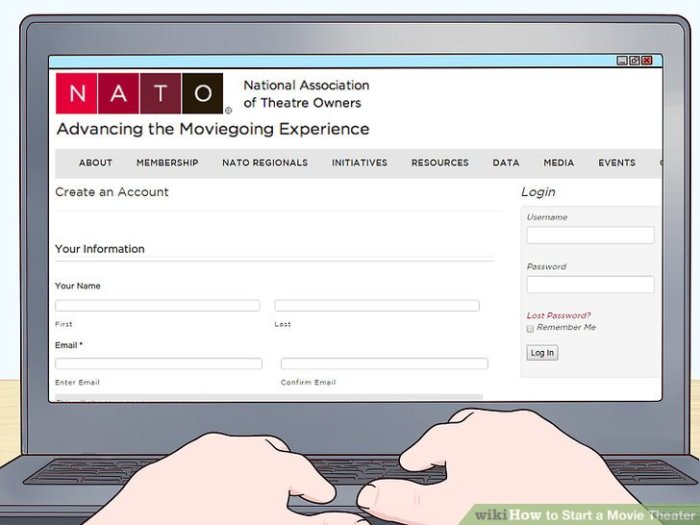
Creating a movie theater experience that resonates with the target audience goes beyond just showing films. The environment plays a crucial role in setting the mood and influencing the overall enjoyment. A thoughtfully designed space, encompassing everything from seating arrangements to lighting, can significantly impact the movie-going experience. Careful consideration of architectural styles and their suitability for different locations further enhances the theater’s appeal.A well-designed movie theater fosters a sense of anticipation and immersion, making the viewing experience more enjoyable.
It’s not just about comfort; it’s about creating an atmosphere that complements the films and elevates the overall experience for the patron. This includes thoughtful considerations of every element, from the color palette to the soundscape.
Interior Design and Aesthetics
The interior design of a movie theater should reflect the brand identity and target audience. A contemporary theater might feature sleek, modern lines and minimalist décor, while a more traditional theater could evoke a classic cinema feel with warm colors and comfortable furnishings. The color palette, material choices, and overall aesthetic should contribute to the desired atmosphere, whether it’s a sophisticated and intimate setting or a vibrant and lively space.
This careful consideration of design elements is critical to creating an environment that resonates with the target demographic.
Seating Arrangements
Different seating arrangements have distinct impacts on the movie-going experience. Reclining seats, for instance, offer enhanced comfort, particularly for longer viewing sessions. The layout of the seats should facilitate a clear view of the screen for all patrons, avoiding obstructed sightlines. Consideration should be given to the size and shape of the auditorium, the spacing between seats, and the accessibility features to ensure a comfortable and inclusive experience for everyone.
The layout and spacing of seating directly influence the sense of intimacy and spaciousness of the theater.
Lighting and Ambiance
Proper lighting is essential in creating the right ambiance. Dim lighting enhances the movie experience, while strategically placed accent lighting can highlight architectural features or artwork. The lighting should be carefully calibrated to ensure comfortable viewing while maintaining the desired mood. Ambient lighting should be soft and diffused, avoiding harsh glare that could detract from the viewing experience.
This careful consideration of lighting levels and placement is critical to creating a comfortable and enjoyable environment.
Architectural Styles
The architectural style of the movie theater should be tailored to the specific location and target audience. A modern, minimalist design might be appropriate for a trendy urban location, while a more classic design could work well in a historic district. The design should reflect the character of the surrounding environment and complement the local architecture. The style should also consider factors like the size of the available space and the desired level of intimacy or grandeur.
Movie Theater Design Elements and Their Impact
| Design Element | Example | Impact |
|---|---|---|
| Seating | Reclining seats with integrated cup holders and individual lighting | Enhanced comfort and convenience, improved viewing experience |
| Ambiance | Soft, warm lighting combined with subtle background music | Creates a relaxing and immersive atmosphere, enhances engagement with the film |
| Screen | High-resolution, large-format screen with advanced projection technology | Provides exceptional visual clarity and enhances the cinematic experience |
| Sound System | Dolby Atmos sound system with strategically placed speakers | Immersive and lifelike sound experience, enhances the emotional impact of the film |
| Accessibility Features | Wheelchair accessible seating, audio description systems | Ensures inclusivity and accommodates diverse needs, enhances the overall experience for all patrons |
Final Review: Start A Movie Theater
Launching a movie theater is a significant undertaking, demanding careful planning and execution. This guide provides a solid foundation, enabling you to navigate the complexities of the industry and transform your vision into a thriving cinematic experience. From meticulous market analysis to a detailed business plan, you’ll gain a deep understanding of the necessary steps to open your movie theater and bring the magic of the silver screen to your community.
